If you tend to work with numbers most of the time, having NUM Lock on is very crucial as it offers great convenience. However, many manufacturers keep the default state of NUM Lock as 'Off'. Though not much effort is required to turn it on, it is definitely frustrating when you are already in the middle of a task, and Numpad performs a different function instead of entering numbers. Fortunately, there is more than one way you can keep the NUM Lock always enabled on your Windows 11 computer. You can choose the one that best matches your needs.
Disable Fast Startup
- Head to the Start Menu and type 'Control' in the search box. Click on 'Control Panel' from the search results.
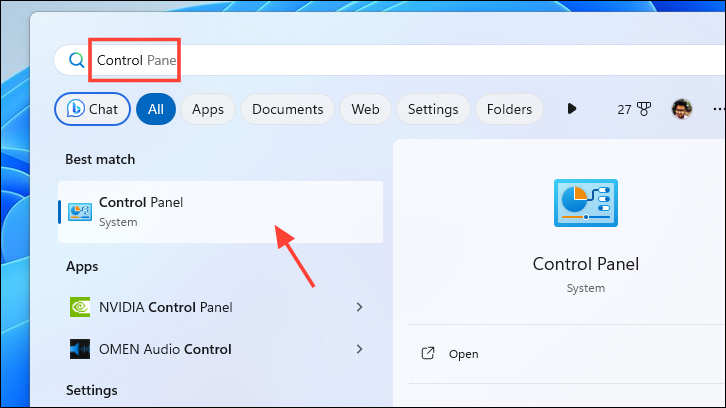
- On the Control Panel window, select 'Power Options'.

- Click on the 'Choose what the power buttons do' option on the subsequent screen.
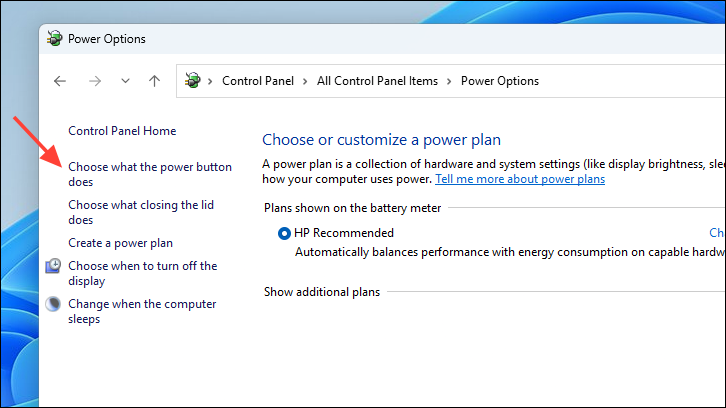
- A UAC (User Account Control) window might appear on your screen. Click on 'Yes' to proceed. If you are not logged in with an admin account, enter the credentials for one.
- If the setting to change 'Fast Startup' is greyed out, click on the 'Change settings that are currently unavailable' option.

- Finally, uncheck the 'Turn on fast startup' option and click 'Save Changes'.
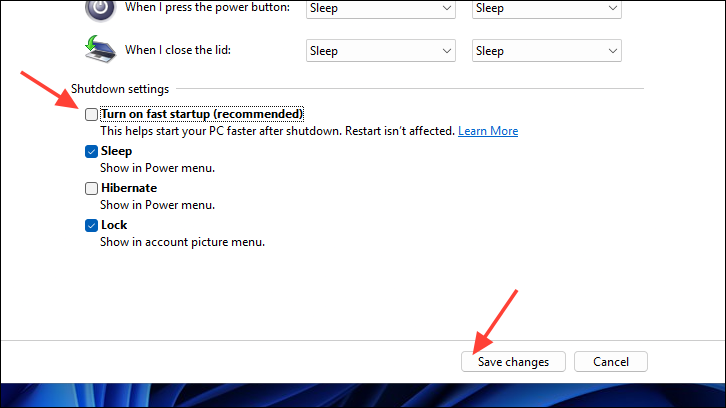
Tweak Registry File
Though disabling 'Fast Startup' is a very quick and easy resolution, it will result in slower boot times. If a fast bootup is important, you can opt to tweak the registry file to achieve the same result. Before making any edits to the registry file, create a backup so you can restore the previous registry file in case things go wrong.
- Search for 'Registry Editor' using the search bar on the Start Menu. From the search results, click on the 'Registry Editor'.
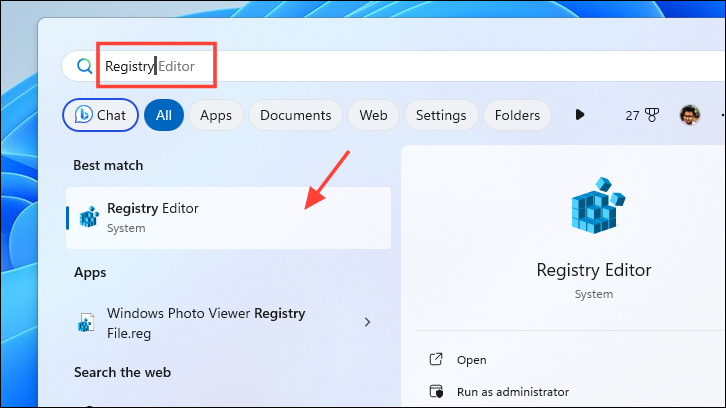
- A UAC (User Account Control) window might appear on your screen. Click 'Yes' to proceed.
- On the Registry Editor window, type or copy and paste the below-mentioned address in the directory bar.
Computer\HKEY_USERS.DEFAULT\Control Panel\Keyboard

- From the right section of the window, double-click on the 'InitialKeyboardIndicators' file to open its properties.

- If the file is not present, right-click in the empty space in the right section and hover over the 'New' option. Then, select the 'String Vaue' option.
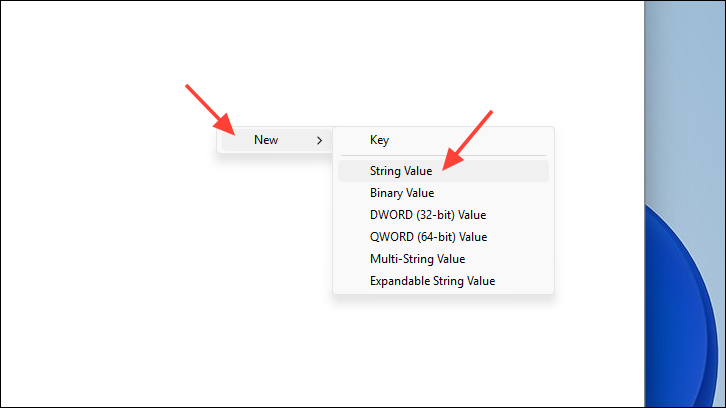
- A new String file entry will appear in the window. Rename it to 'InitialKeyboardIndicators'.
- On the properties window, enter
2in the 'Value Data' field and click 'OK' to save the changes.
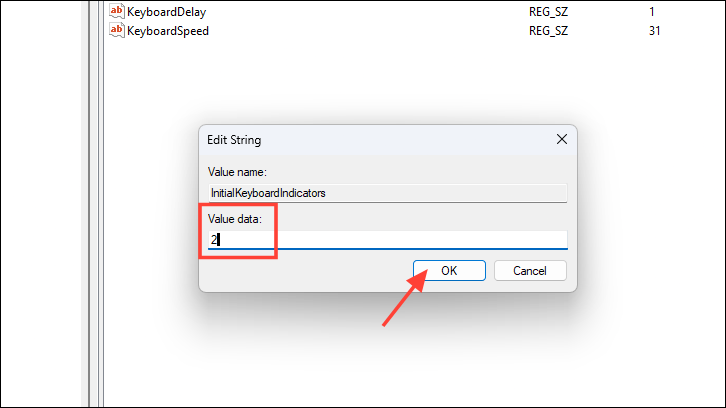
- Once done, restart your PC from the Start Menu to let the changes take effect.
Automatically Run a Script on Windows Sign-In
If you are not comfortable disabling Fast Startup or tweaking the Registry Editor, you can also create a PowerShell script and set it to execute automatically every time you sign in to your user account.
- Open the Start Menu and type 'Notepad' in the search bar. Then, from the search results, click on the 'Notepad' option.

- On the notepad window, enter the below-mentioned code.
set WshShell = CreateObject("WScript.Shell")
WshShell.SendKeys "{NUMLOCK}"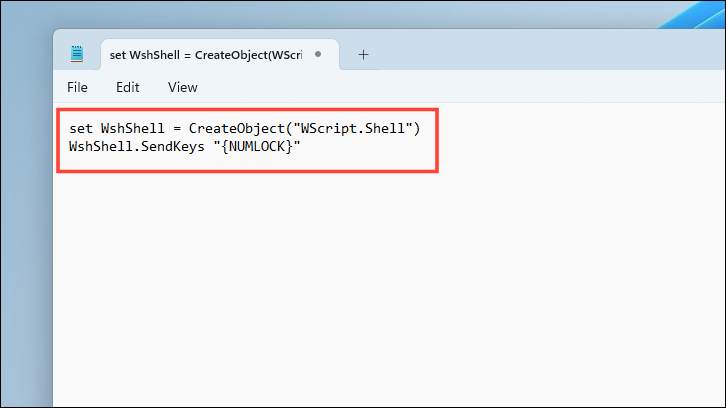
- Click on the 'File' tab and select the 'Save as' option. This will open a new window on your screen.
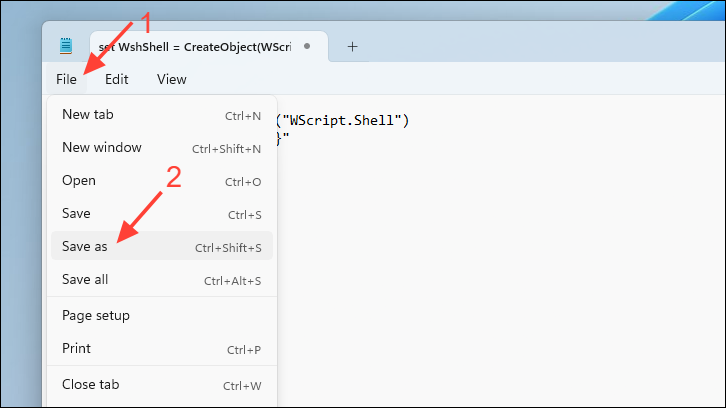
- Give an apt name to the file for your easy recognition. Also, make sure you give the file
.vbsextension. To ensure Notepad doesn't change the file type to text, select 'All files' from the 'Save as type' dropdown. Finally, click on 'Save'.
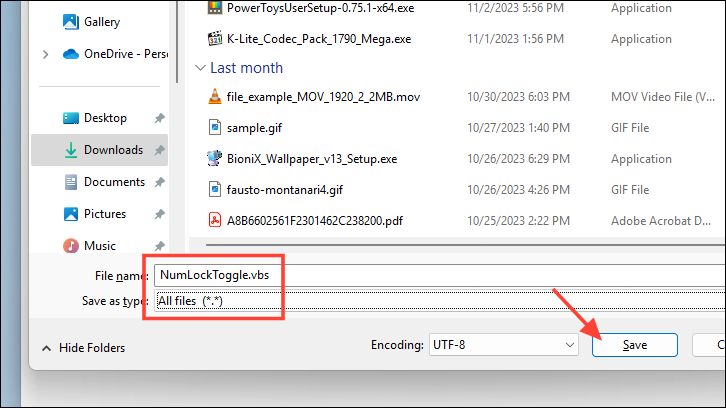
- Navigate to the file and right-click on it. Then, select 'Copy'. Alternatively, you can press
Ctrl+Cafter selecting the file to copy it.

- Double-click on the 'This PC' icon to open a File Explorer window. Alternatively, press
Windows+Ekey.
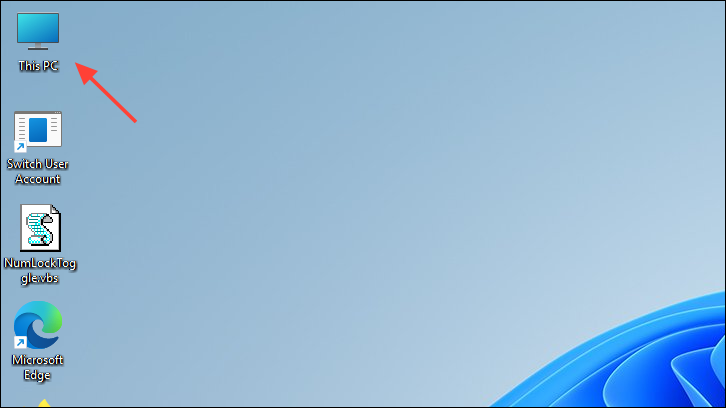
- Type or copy and paste the below-mentioned text in the address bar and hit
Enterto navigate to it.
shell:startup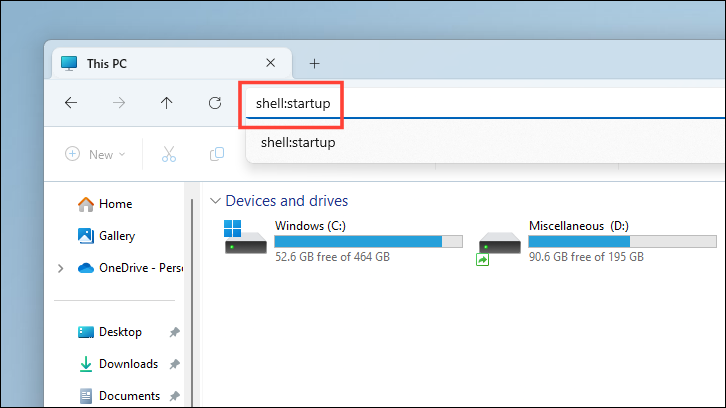
- Paste the file by pressing
Ctrl+Von your keyboard simultaneously. Otherwise, you can also right-click and select the 'Paste' option.
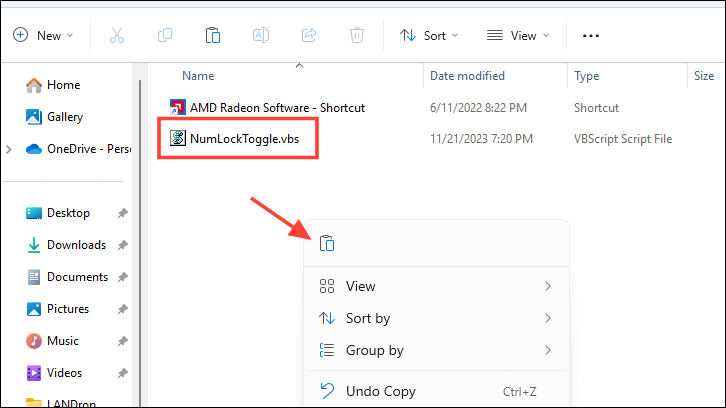
- Now, whenever you sign in to your user account, this script shall run and automatically enable the Num Lock on your Windows 11 PC.
PC manufacturers decide the default state of NUM Lock on your Windows 11 PC. Hopefully, the above-mentioned ways will help you override those settings and make your life a bit more convenient.







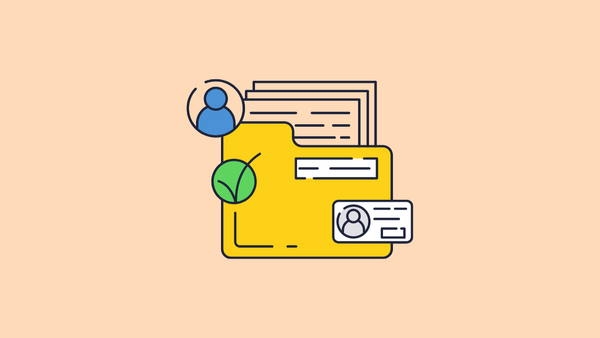

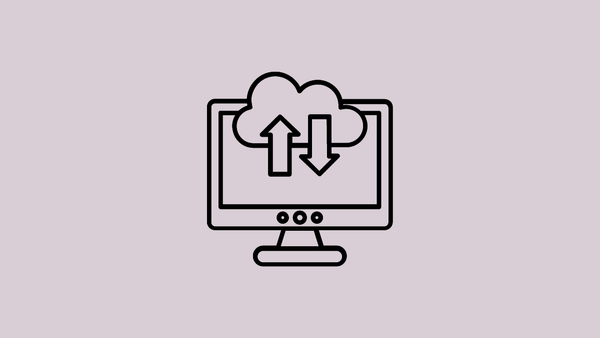


Member discussion